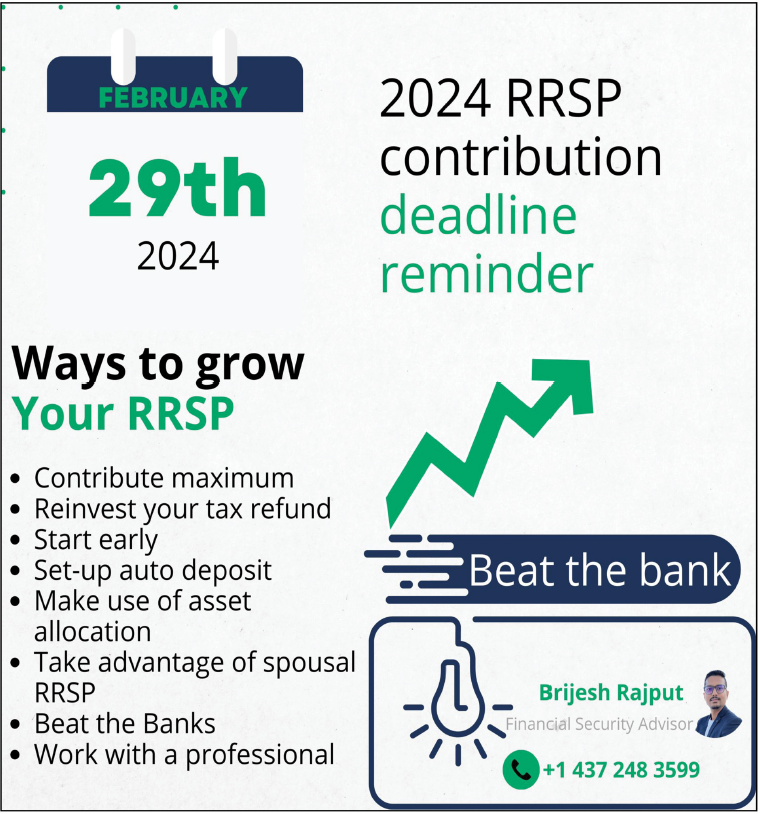
Canada is set to see a transformative shift in its immigration policy, with over 1.2 million temporary residents required to leave by 2025 as their permits expire. This significant change is part of the federal government’s strategy to address rising concerns over housing shortages and affordability. Under the three-year immigration plan, the government aims to reduce the temporary resident population from 2.96 million to 2.52 million, while scaling back annual permanent residency admissions to 395,000, down from the previous target of 485,000.
For many temporary residents, this policy marks the closure of a chapter filled with hard work, investment, and dreams. Affected groups, including international students and foreign workers, are grappling with limited options. Recent restrictions on work permit extensions and pathways to permanent residency have left individuals scrambling to find solutions. Some are pursuing costly educational programs to remain in Canada, while others turn to asylum claims, a path fraught with uncertainty and challenges.
The situation has exposed gaps in Canada’s immigration system. Experts argue that expecting a mass voluntary departure of temporary residents is unrealistic. Past patterns indicate that many, having built their lives and contributed to the economy, may opt to stay even without authorization. This raises concerns about the potential growth of an undocumented population, with individuals forced into low-paying, exploitative jobs to survive.
To manage the transition, Canada has increased enforcement efforts. The Canada Border Services Agency (CBSA) has expanded its inland enforcement officers by 15%, and removal orders for non-compliance with immigration rules are on the rise. Last year, over 3,900 removal orders were issued for violations such as overstaying permits or unauthorized work, and this figure is expected to grow. However, tracking and removing individuals who remain in the country after their permits expire is a resource-intensive and complex task.
While the government has reserved 40% of permanent residency spots in 2025 for temporary residents already in Canada, this allocation is insufficient compared to the growing demand. The competitive nature of economic immigration programs has raised qualification thresholds, leaving many skilled individuals in limbo. Advocacy groups have pushed for a broad regularization program to provide a path to permanent status for undocumented residents, but the government has dismissed the idea due to a lack of political and public consensus.
For many temporary residents, the dream of settling in Canada has turned into a nightmare. After investing significant time, money, and effort in education and work, they now face the prospect of uprooting their lives. Some have sold belongings and moved in with friends to cut costs, while others contemplate returning to countries they left for better opportunities.
Advocates argue that Canada risks losing a skilled and diverse workforce that has already proven its value to the economy. Many temporary residents, who have integrated into Canadian society, feel abandoned by a system they tried to navigate lawfully. The emotional and financial toll on these individuals is immense, with some describing a sense of failure despite their best efforts.
Canada’s immigration plan reflects broader debates about balancing population growth with economic and social resources. While the government’s measures address immediate concerns about housing and affordability, the long-term implications for the country’s workforce and global reputation remain uncertain.
As the 2025 deadline approaches, the stories of temporary residents highlight the complexities of immigration policies and their human consequences. For Canada, the challenge lies in balancing enforcement with compassion and finding solutions that align with its values of inclusivity and opportunity.






